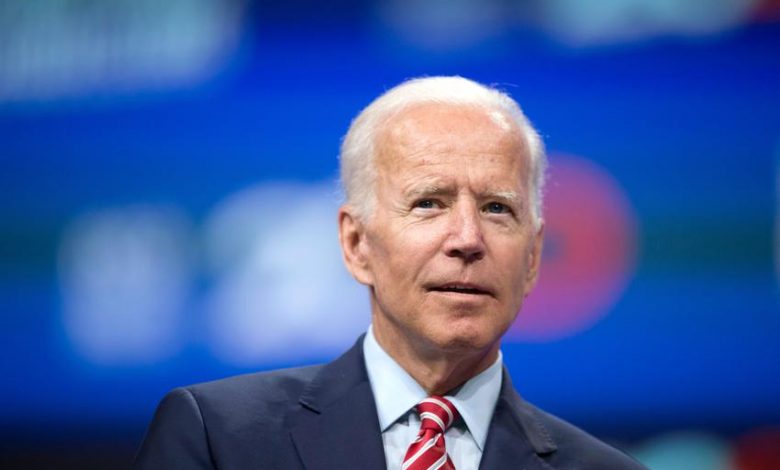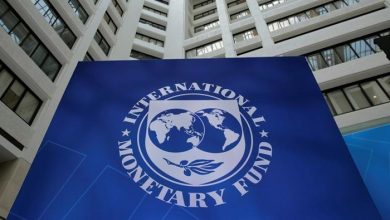Biden’s relief package poses risks to emerging markets amid rising U.S. bond yields

Emerging markets could become a casualty of the US$1.9 trillion COVID-19 relief bill passed by U.S. Congress on Wednesday, as rising U.S. bond yields are likely to trigger a reversal of capital flows from the developing world, economists said.
U.S. President Joe Biden plans to sign the latest relief bill into law on Friday, according to the White House. It marks the sixth coronavirus-related legislation enacted by U.S. Congress since the pandemic began more than a year ago.
Wall Street and public-sector economists have revised up forecasts for U.S. economic growth due to the massive relief package and the vaccine rollout. But they also worry that too much stimulus could lead to an overheated economy, inflationary pressures, and rising interest rates, with consequences for financial stability.
Coming on top of the US$900 billion relief package approved by Congress in December 2020, Biden’s US$1.9 trillion package means that the U.S. economy would get a fiscal stimulus of around 13% of U.S. gross domestic product (GDP) in 2021, according to Desmond Lachman, the resident fellow at the American Enterprise Institute and a former official at the International Monetary Fund (IMF).
“My view is that U.S. market interest rates, as the 10-year Treasury bond rate, will now rise significantly because of the Biden stimulus,” Lachman told Xinhua in an interview on Monday.
“This will very likely cause capital to flow back to the U.S. from the emerging markets since investors will now be able to receive a reasonable return on safe U.S. Treasuries,” Lachman said, adding emerging markets have been hit very hard by the pandemic and their public finances are in a very bad shape.
“This is very likely to lead to a wave of defaults and debt restructurings in the emerging markets which are over-indebted, have large budget deficits and are very dependent on foreign capital inflows to keep them afloat,” he said.
The Organization for Economic Cooperation and Development (OECD) also warned on Tuesday that rising U.S. bond yields could trigger a reversal of capital flows and higher currency volatility, as emerging markets experienced during the “taper tantrum” in 2013.
Emerging market assets sold off significantly amid a sudden push higher in U.S. Treasury yields in 2013 when then-Federal Reserve chairman Ben Bernanke first mentioned the idea of tapering the Fed’s pace of asset purchases.
“Stronger-than-expected inflation effects from the U.S. fiscal stimulus, or increasing divergence between the recovery in the United States and other advanced economies, would heighten such risks,” the OECD said in a report.
“The dependence of most emerging-market economies on external financing is currently lower than in 2013, with higher private sector saving offsetting high sovereign borrowing, which should reduce the impact of capital flow reversal,” the report said.
The Fed has pledged to hold its policy rate near zero and continue its asset purchase program at least at the current pace of 120 billion dollars per month until it sees “substantial further progress” in employment and inflation.
But former U.S. Treasury Secretary Larry Summers recently warned that the Fed could be forced to raise interest rates next year, sooner than Fed officials and markets currently expect, as Biden’s massive stimulus could set off inflationary pressures of a kind “we have not seen in a generation.”
Since the start of the year, the yield on the benchmark 10-year U.S. Treasury note has jumped from 0.9 percent to around 1.5 percent amid growing concern about inflation. Meanwhile, the market’s inflationary expectation for the next five years has jumped to around 2.4 percent, a level above the Fed’s inflation target of 2 percent.
The awakening fears of a deflationary cycle in the United States, combined with the asset market rotation, have capped the scale of capital inflows to emerging markets and increased downside risk, according to Jonathan Fortun, an economist at the Institute of International Finance tracking cross-border flows.
“Rising U.S. rates increase the risk of a taper tantrum-like episode, which could be detrimental to EM (emerging markets) flows, as data for the last week of February showed,” Fortun wrote in a recent note.
Brendan McKenna, the international economist at Wells Fargo Securities, also noted that higher U.S. Treasury yields have resulted in elevated financial market volatility over the past few weeks, particularly within the emerging markets.
But he remains optimistic on the prospects for emerging market assets at the current juncture, as major central banks are “still several quarters away” from starting the process of moving away from easy monetary policy.









